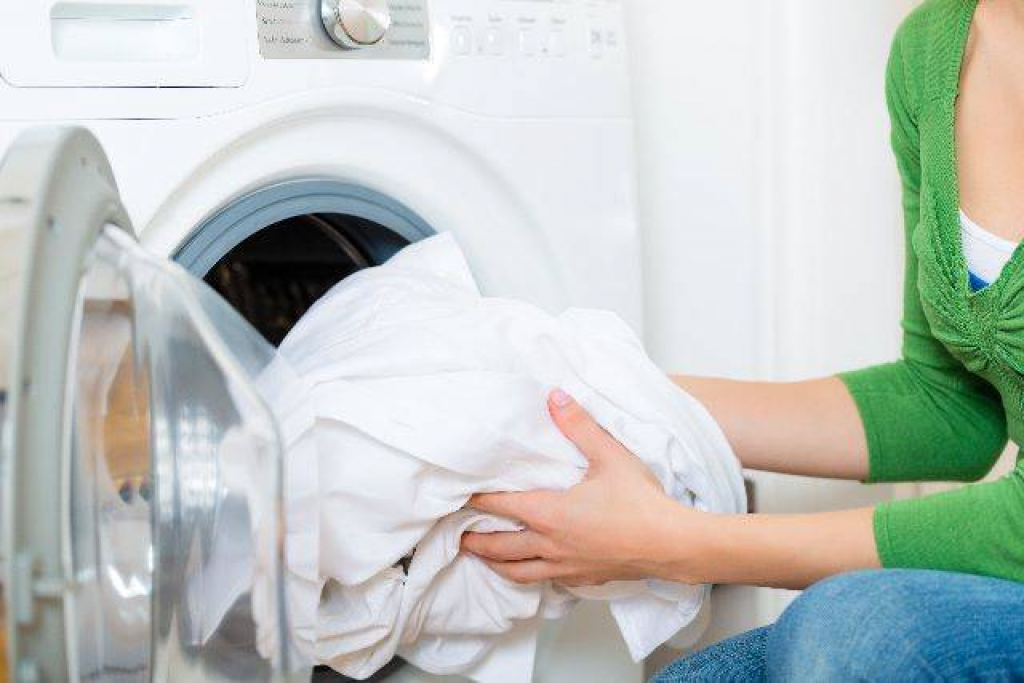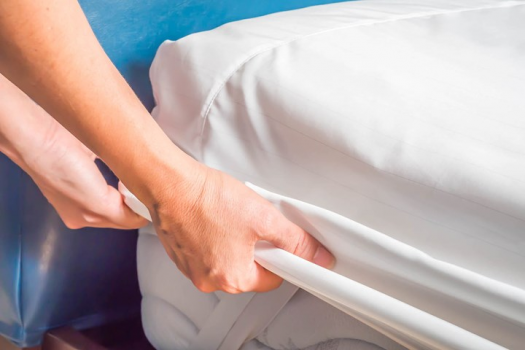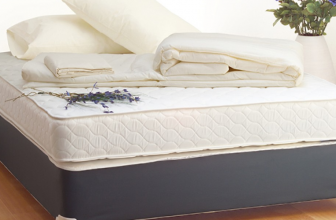Brief: How To Wash Mattress Protector
- Importance: Mattress protectors are crucial for allergen protection, incontinence, and extending the life of mattresses. Ideal for homes with pets or older mattresses.
- Washing Frequency: Clean every 3-6 months, varying by type and usage. Waterproof protectors need monthly washing, while others can last up to six months.
- Washing Temperature: Cold water on a gentle cycle is recommended. Avoid hot water to prevent misshaping or shrinking.
- Washing Process:
- Label Check: Always read the washing instructions on the label.
- Washing Method: Use cold water, gentle cycle, and mild detergent. Avoid bleach and fabric softeners.
- Drying: Tumble dry on low heat or air dry. Remove promptly once dry to maintain shape.
- Additional Tips:
- Machine Compatibility: Ensure the mattress protector is suitable for your washing machine.
- Fabric Care: Avoid harsh chemicals or detergents.
- Regular Inspection: Check for damages or wear before washing.
- FAQs:
- Detergent Type: Mild detergent recommended.
- Dry Cleaning: Generally not advised for mattress protectors.
- Shrinkage: Some protectors may shrink; follow label instructions.
- Waterproofing: Most protectors are waterproof, providing spill protection.
- Topper Compatibility: Thin toppers can be used on firm mattresses, ensuring proper support.
Mattress protectors are essential for those who are allergic to dust mites or who suffer from asthma and want to safeguard against other allergens jumping off the bed. They’re also a good idea for people with wetting issues or kids in diapers who might otherwise soil their mattresses.

These protectors are also highly recommended if an older mattress needs replacing or if you have any pets, such as a dog or cat, at home. In this guide, you’ll learn how to wash the mattress protector with no fuss, what temperature you need to wash it, and other tips and tricks to do work effectively.
How Often Should You Wash Your Mattress Protector
Mattress protectors should be cleaned every three to six months or more frequently, depending on the type of protectors and the manufacturer’s advice. For example, water-proof mattress protectors should be washed in a washing machine every month, while washable ones can be cleaned with soap and water after about six months (and can go longer depending on how often you wash them).
What Temperature To Wash Mattress Protector
Always wash your mattress protector in cold water on a gentle cycle, no matter what machine you use. If you use a hot cycle or a high temperature, your mattress protector can become misshapen and/or shrink.

Once the mattress protector is placed in the washing machine, add a small amount (equal size to the mattress protector) of laundry detergent but no bleach. Then add it to the machine and process it according to instructions on the label.
How To Wash Mattress Protector
There’s no special treatment needed when washing your mattress protector – just follow these steps:
Check The Label
Before you wash your mattress protector, check the label to see what it recommends. You might need to wash your protector at a lower temperature if it has a dry cleaning cycle or if the instructions say otherwise (such as for air-drying).
Don’t just read it once and throw it in without checking what type of washing machine you have and how often you should use fabric softener, bleach, etc., because that might not be appropriate for your protectors.
Wash It Up
Wash your mattress protector in cold water on a gentle cycle, without any additives or fabric softeners. A cold water wash could be a regular washing machine setting (e.g., cold water, no bleach), but putting the mattress protector in the washing machine is more recommended.
This ensures that you get the full cleaning effect from your protector by running it through a regular cycle in your washing machine. The temperature for the washing machine shouldn’t exceed 30°C (86°F), and it must be gentle.
Dry The Mattress Protector
Dry your mattress protector with the dryer on low heat or air-dry it and remove it immediately from the drying rack when completely dry. Don’t put any protectors in the dryer because it can shrink the material and cause it to lose its shape.
FAQ
How often should I wash my mattress protector?
It is recommended to wash it every 3-4 months, or more often if desired.
What is the best way to clean a mattress protector?
The best way to clean a mattress protector is to machine wash it in cold water and then tumble dry it on low heat.
What type of detergent should I use?
It is best to use a mild detergent when washing a mattress protector.
Can I use bleach on my mattress protector?
It is not recommended to use bleach on your mattress protector as it can damage the fabric and reduce its lifespan.
Is it safe to machine dry my mattress protector?
Yes, it is safe to machine dry the mattress protector on a low setting.
Can I dry-clean my mattress protector?
Dry cleaning is not recommended for mattress protectors as it can damage the material.
Can I wash a down/feather mattress protector?
Down/feather mattress protectors should be spot cleaned by hand only, as washing and drying it can damage the material.
Can I put my mattress protector in the dryer?
Yes, you can put the mattress protector in the dryer in a low-heat setting.
Do mattress protectors shrink when washed?
Some mattress protectors may shrink after washing, so it is important to check the product label for laundering instructions.
Are mattress protectors waterproof?
Most mattress protectors are waterproof and designed to protect your mattress from spills, sweat, and other liquids.
Can I use a thin mattress topper on a firm mattress?
Thin mattress toppers can be used on a firm mattress, but it is important to make sure that the topper is not too soft for the mattress, or it may not provide the correct level of support.
You may want to revisit some parts of the article








